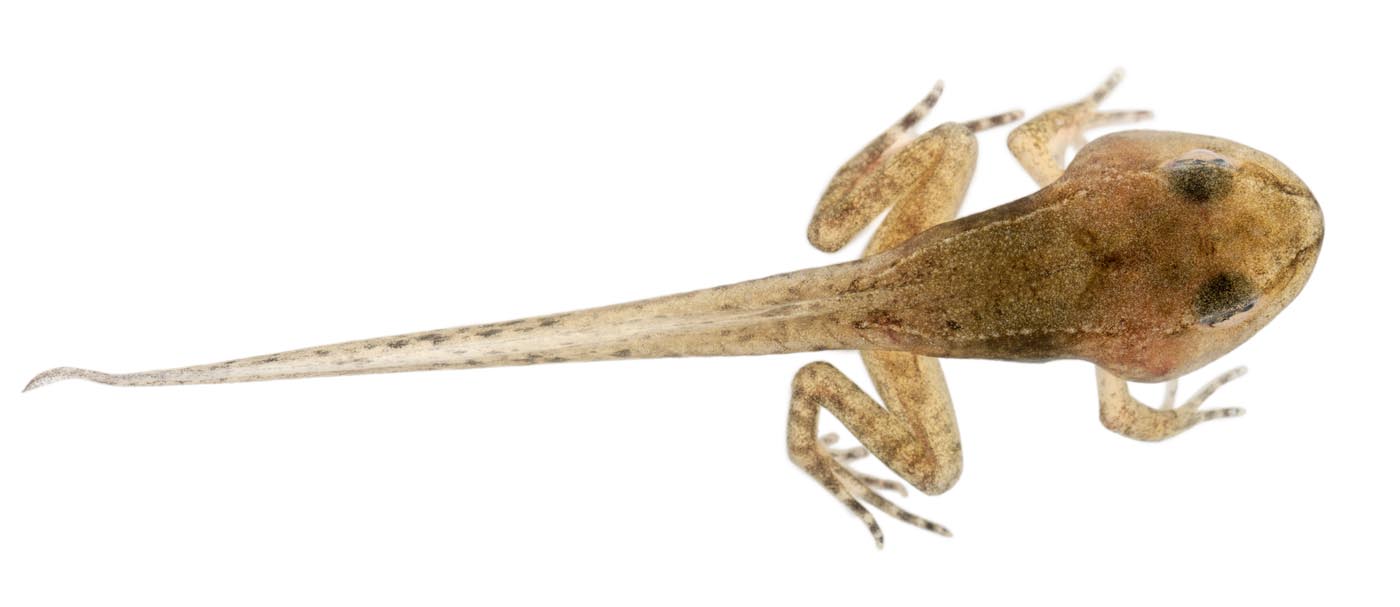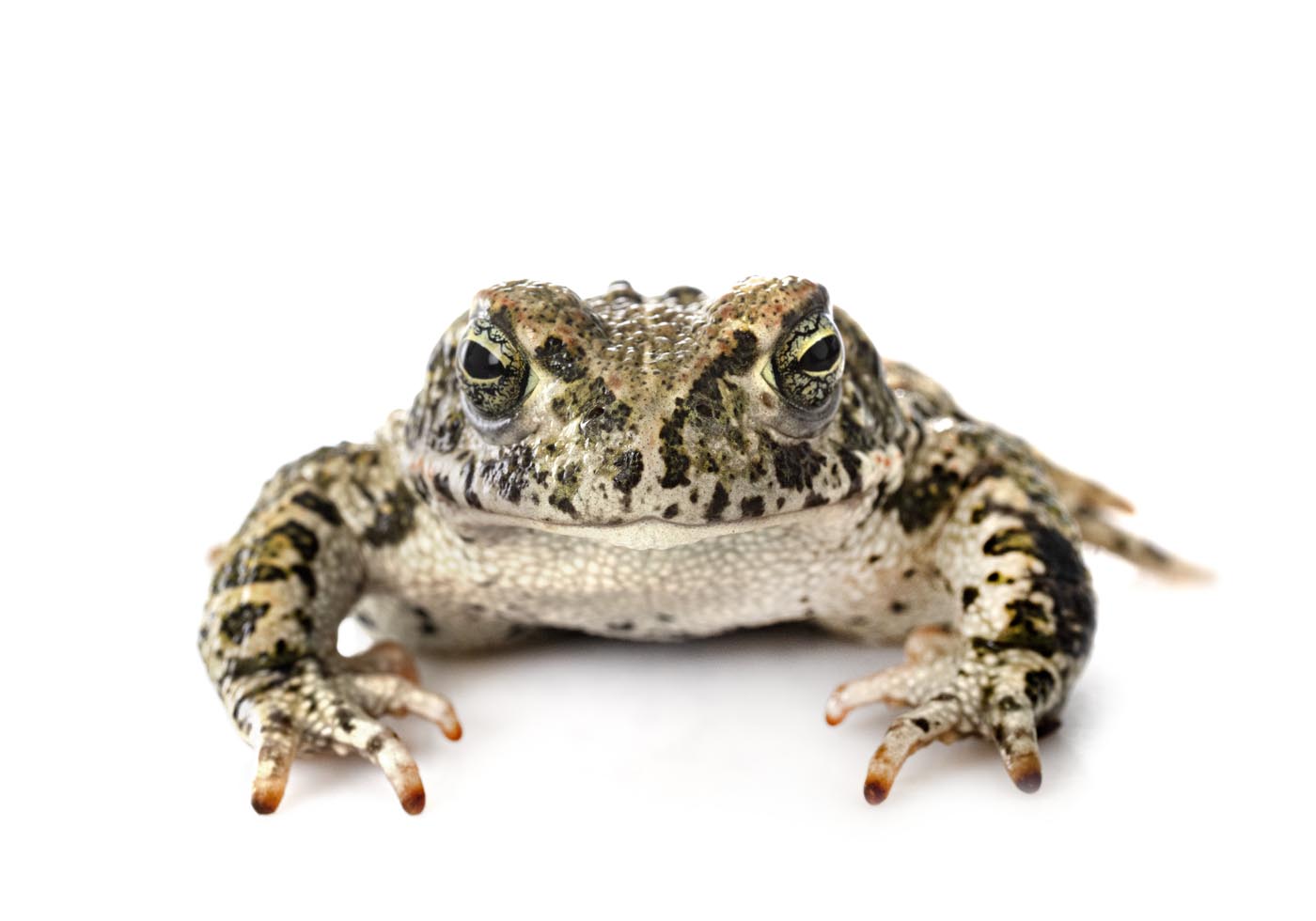Introduction
Have you ever heard of ‘toad patrols’? These volunteer operations, with a slightly ambiguous name, are taking place all over England. In this interview, I go in-depth with SAVE THE FROGS! Ecotourist & Toad Patrol Organizer Johnnie Walker, on the patrols, amphibian conservation, and a lifetime of passion for frogs.
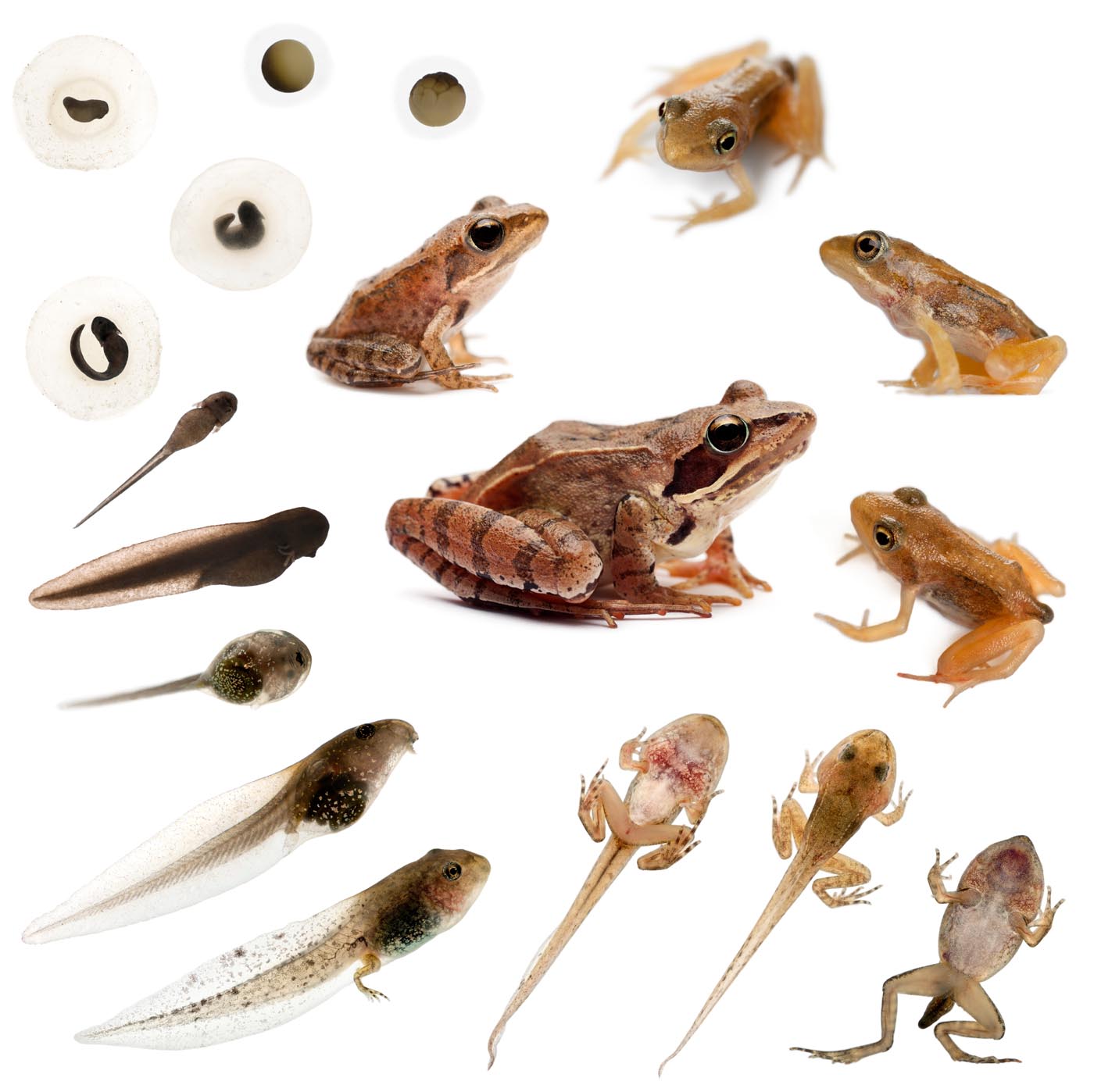
What are the toad patrols, and why are they necessary?
I first asked Johnnie how he would explain toad patrols to somebody who had never heard of them and he said:
“The first thing I tell people is about the biology of common toad and their migration patterns. People are used to seeing them by a stream, river, or pond, so I explain to them they will move during the year in spring, summer, or autumn, and they often cross roads,” he explained. “A toad has no idea what a road is—it only has instinct to move back into a breeding pond. We go to help them during breeding season.”
But toad patrols are not just about breeding—they fit into the larger picture of amphibian conservation as well: “I also tell people that amphibian species worldwide are indicators of our environment. The decline in their populations is the biggest extinction since dinosaurs. People latch onto this—since these are ‘invisible’ creatures nobody knows about, maybe a lightbulb goes on when you explain dinosaurs. I also send people a video showing how the toad patrols work.
Where and when do they take place?
Having participated in toad patrols since childhood, Johnnie explained the history of the toad patrol movement: “Nationally, people have historically noted the huge mortalities on roads of their local communities. Toad patrols have sprung up from people seeing dead toads. One of my main sites here is a woodland site where toads hibernate in the woods. They trust roads to go down to the lake, but the road is very busy and a main tourist route. I and my wife patrolled it for years, then found out about Froglife, who coordinate many hundreds of toad crossings in the UK.”
Froglife is a UK charity dedicated to amphibian conservation. “Each year they have a summit about toad patrolling. I used to be on their Board. They really fly the flag for toad patrolling and providing map information, and you can contact them for info on local toad patrols. There are also the Rivers Trust and Rivers and Canals Trust. These people are interested in promoting riverine conservation and management, and have taken on some toad patrolling, which is very helpful.”
The timing of toad patrols, however, leads to some difficulty in recruiting volunteers. “The problem with toad patrolling is, it happens February-March when it’s cold and wet. People do not want to stop watching Netflix, come outside with a bucket and head torch, and collect amphibians. In this day and age you need to have Health and Safety, you are working on roads and need to be careful, but it’s a great, very rewarding experience.”
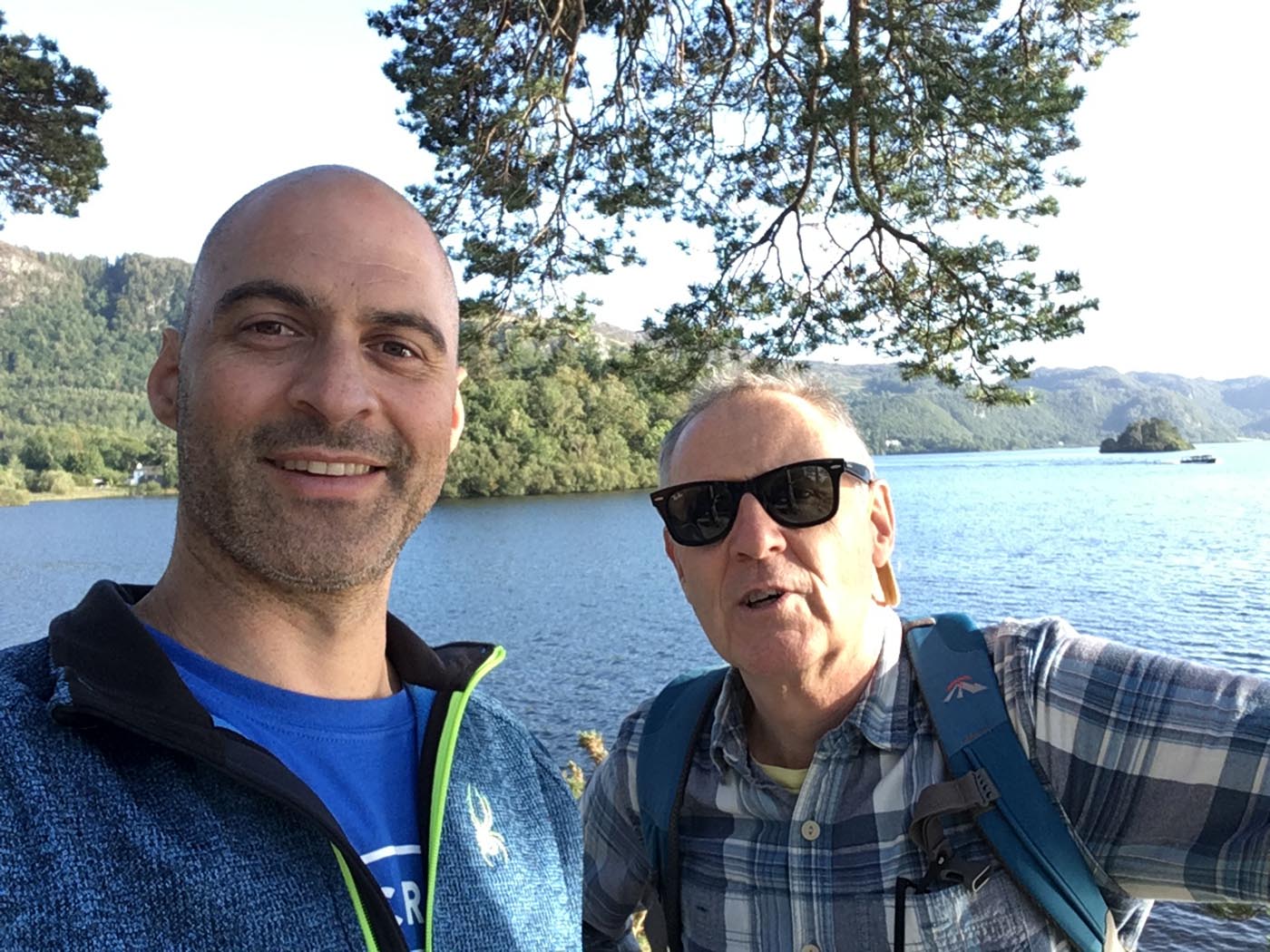
What species are the focus of the toad patrols?
“The Common Toad (Bufo bufo) is the one we pick up. It’s all over the UK, and so is the Common Frog (Rana temporaria). There is one particular breeding pond up the road where you can see hundreds and hundreds per night.” Johnnie also mentioned the Natterjack Toad (Epidalea calimita), a rare species that lives in the coastal dunes, and described hearing their calls as a significant life experience for him. These toads, however, are not typically picked up during the patrols.
He also mentioned a video on natterjacks, a rare toad on coastal dunes of UK:
What organizations organize the patrols?
“The Cumbria Wildlife Trust is involved. Historically, though, it is on people’s own backs—people would call their friends and try to get young people involved to carry the torch. My mum saw I was interested in frogs and toads and got me into it. Hopefully, as you grow older, it stays with you. When teachers bring in frogspawn and watch them hatch into the frog life cycle, that stays with you—watching a dot in ball of jelly turn into a frog.”
Any lifetime frog enthusiast can probably relate to this. Johnnie mentioned that frogs sometimes capture public interest: “There are people around the country who know where ponds full of frogspawn are, where you can hear them sing. There can be hundreds and hundreds of frogs singing near a raised walkway where hundreds of tourists go by.” A couple more organizations involved with the patrols as well: “Froglife has picked up the Toads on Roads patrol as well, and ARG-UK has this document to help toad patrols.”

How can people volunteer?
“The best way is to go to the Froglife website and drop Froglife an email, telling them that you’d like to volunteer–they have a national service by which they will send an email to the local toad patrol manager. If you know of a crossing point near your house, form your own toad patrol–there are hundreds of undocumented toad crossings. It’s very rewarding rescuing amphibians on a night you’d ordinarily be inside.”
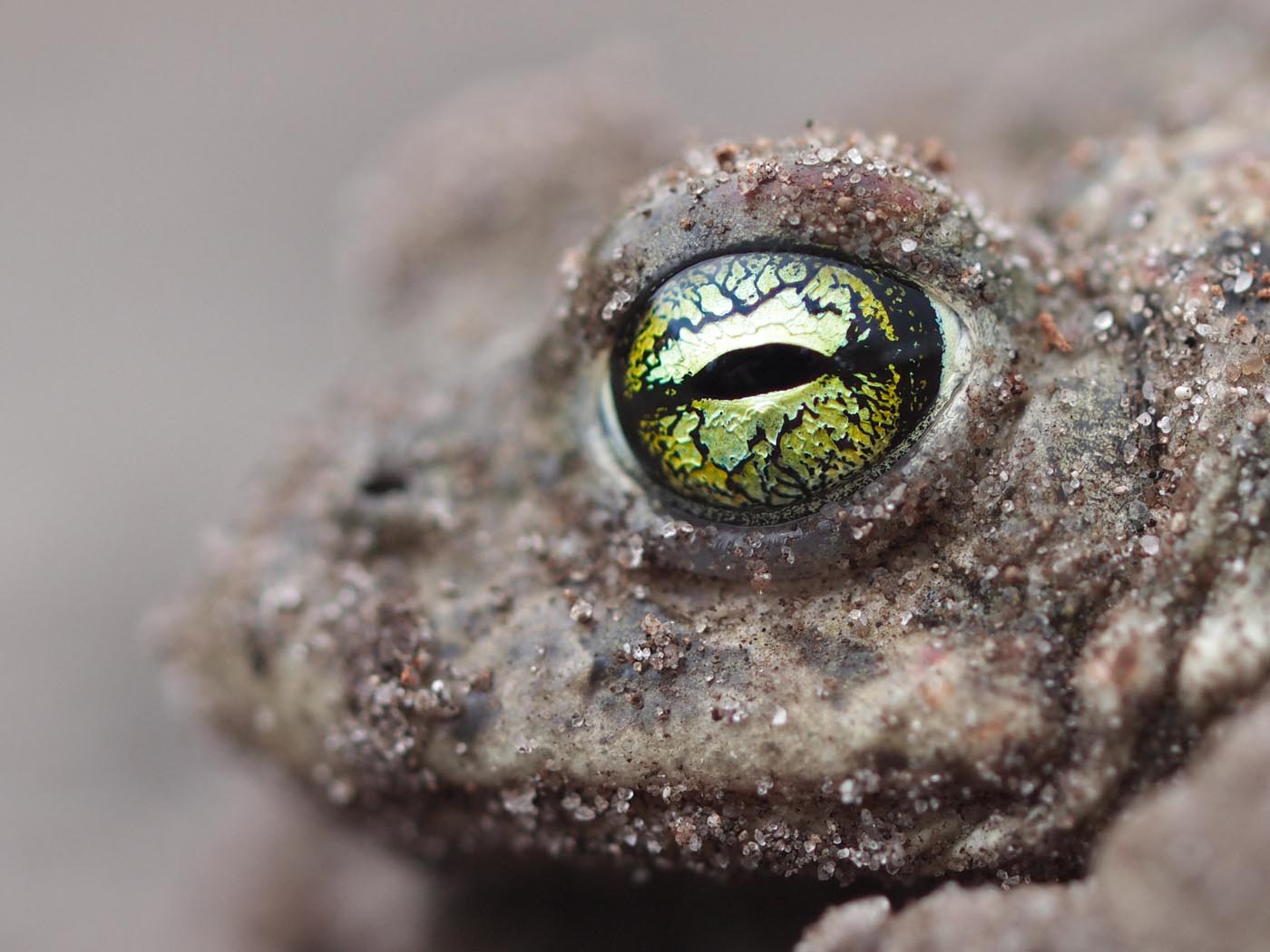
Do you have a favourite amphibian?
“Poison dart frogs—they have a unique life cycle, there is a degree of parental care, the male will look after the individual tadpole in the bromeliads in the rainforest. I like the natterjack toad–it’s a short-limbed yellow-striped amphibian, a feisty thing, and some of the larger toads, like the Colorado toad. I like them all really. I’d like to see the midwife toad—there’s a chap doing a Ph.D. on population dynamics of midwife toad in UK, doing DNA swabs, and coming to end of his research. I’d like to go in the Costa Rica jungles. In my own ponds in breeding season, when male common frog sings outside my front door, that’s a real special time.”
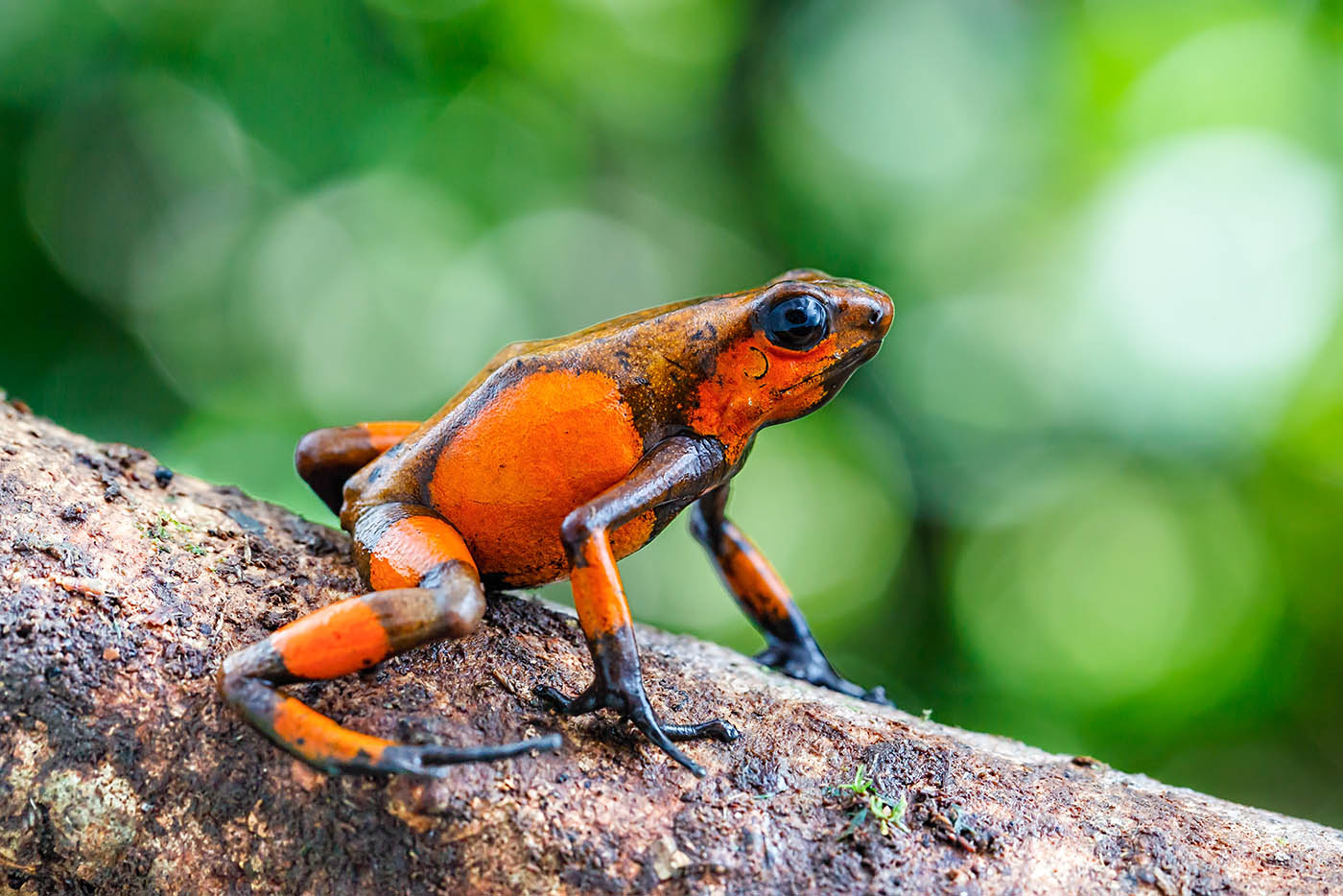
Do you think the condition of amphibians in the UK is improving/worsening/staying the same?
“Worsening—certainly with the toad population. Froglife has noticed, in national statistics, a decline in the common toad. For example, there was a major infrastructure project and I couldn’t get to my site due to two 25cm water pipes put through it. I’m pretty sure that site will have been destroyed. They blocked off the whole migration route for years; there’s so much traffic. If you go on a drive in rural Britain after a rainfall at night, there are many squashed amphibians. Many ponds have been filled in and many wetland areas have been built on. This pattern fits with international statistics that are coming through.”

Do you often face misconceptions about what you do, or its significance?
There are many misconceptions about frogs and toads, so I thought this would be a thought-provoking topic of discussion. I was right. “People don’t care. Over the years, because I’ve done it so often, whenever I’m out driving at night I always look for amphibians. You get trained over the years to watch for them. I point them out when driving with friends, but they don’t get it. People think I’m eccentric, but I’m an Englishman, and what’s wrong with being an eccentric Englishman? People don’t understand marine science because they don’t know much about the sea because it’s invisible. It comes down to that: the animals are invisible. The main misconception is that you can get warts from toads, or frogs are slimy and you can get infected. In reality, you should wet your hands or wear gloves when picking them up to protect the amphibians themselves.”
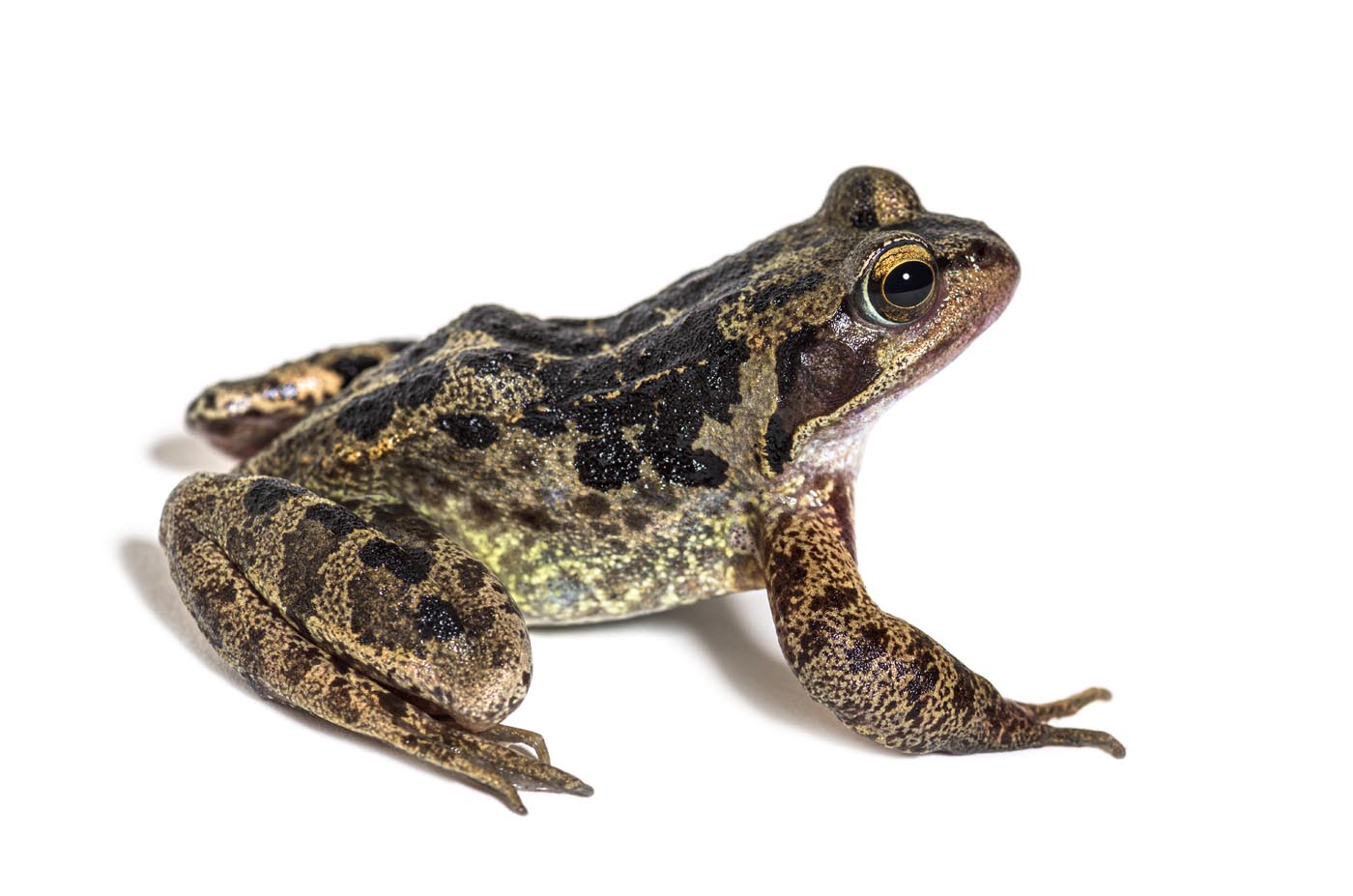
Are there any books, shows, or films, fiction or nonfiction, about amphibians that you recommend?
“One of my favourite books is written by Trevor Beebee, who is the world authority on natterjack toad.” [This book is entitled The Natterjack Toad and was published by Oxford University Press in 1983.] Johnnie continued to tell us about some of his favourite fictional frogs: “If you don’t like Kermit, well, Kermit is something else–if there’s any image in fiction which has brought frogs to the global psyche, it’s Kermit. Gary Larson has a bunch of funny frog images, people remember things that are funny.
The SAVE THE FROGS! website art by young people is great to look at as well.” He knew of some other great nonfiction sources as well: “I enjoy guidebooks and coffee table books of wildlife photography, and the Amphibian Ark bimonthly publication. There’s also the info in the Frog Blog on the Manchester Vivarium and their ghost frogs.” The Manchester Vivarium, he went on to explain, is part of Manchester University’s museum, with a live collection and captive breeding programme.
